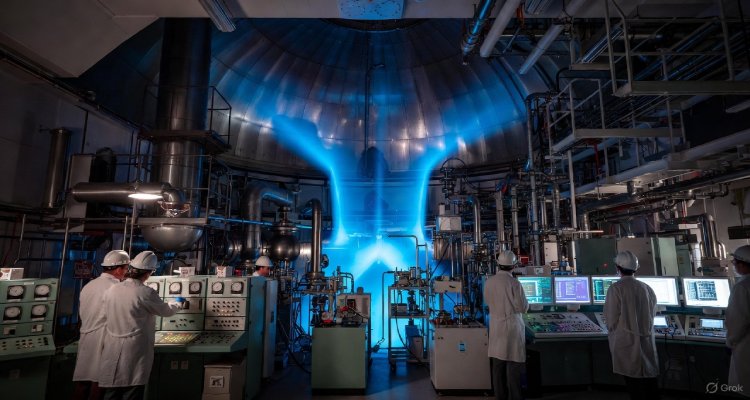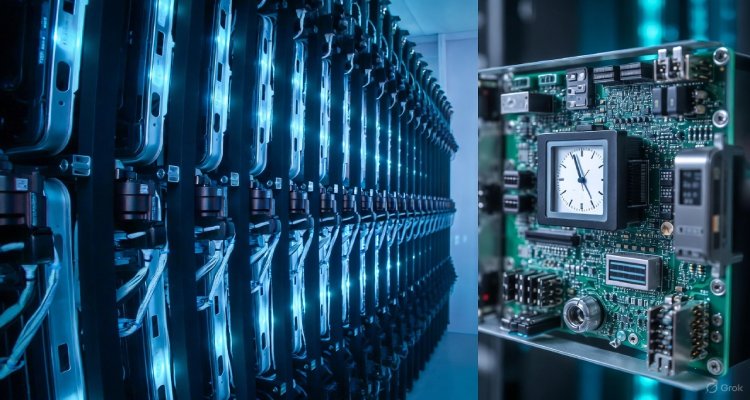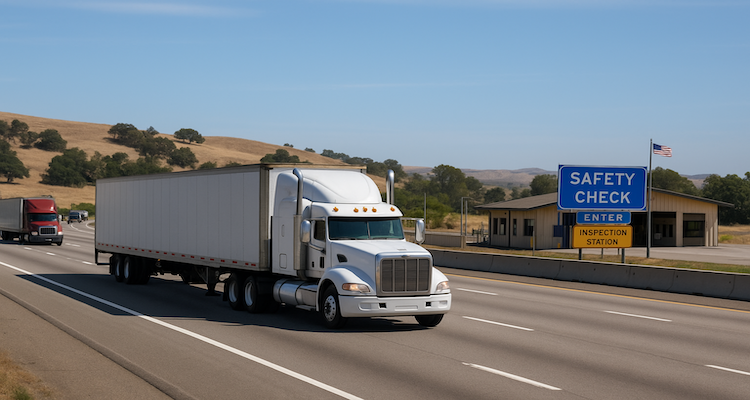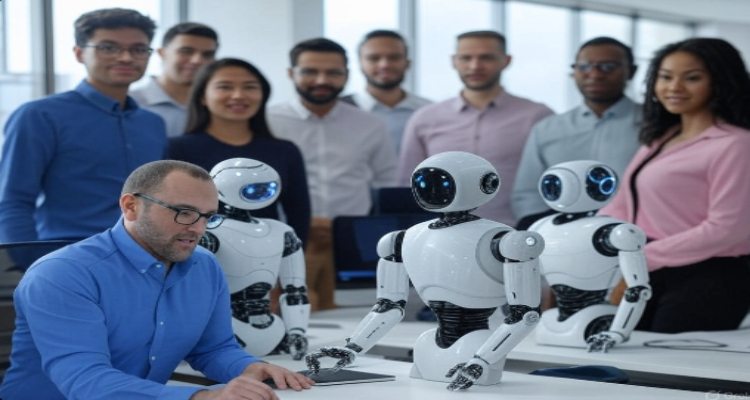Amazon’s New Robot Signals Shift in Human Labor
Amazon unveils its Vulcan robot, offering a glimpse into future warehouse jobs as AI reshapes human labor and creates new roles.
Amazon’s Vulcan Robot Hints at the Future of Human Labor
As AI continues to redefine what work looks like, Amazon’s latest innovation offers a rare glimpse into the evolving relationship between humans and machines. The retail and tech giant recently introduced its new “Vulcan” robot, a machine capable of handling physically demanding warehouse tasks. But beyond its mechanical muscles, Vulcan may also be ushering in an entirely new kind of job market—one that blends robotics with retrained human talent.
Redefining Work in the Age of Bots
In Silicon Valley, there are generally two competing visions of our AI-driven future. In one, bots do it all—replacing cashiers, warehouse pickers, and even creatives—while humans are pushed out of the labor force entirely. In the other, machines assist with the dull and dangerous, freeing people to pursue new, more meaningful roles. So far, history sides with the second narrative.
According to the World Economic Forum, while 92 million jobs are expected to be displaced by automation in the coming years, approximately 170 million new roles will emerge. Yet, the challenge remains: who will fill these new positions, and how?
Vulcan: Not Just Another Warehouse Robot
Amazon’s Vulcan isn’t just another piece of machinery moving packages. It’s designed to “feel,” detecting tactile pressure and adjusting its grip accordingly—a leap forward in robotics. CEO Andy Jassy highlighted the robot’s ergonomic benefits on X, noting that Vulcan tackles the most physically straining tasks like bending or climbing to top shelves. Humans, meanwhile, handle mid-level items and more nuanced tasks.
But the announcement didn’t stop at warehouse ergonomics.
Amazon quietly revealed a more telling shift: it’s training some of its warehouse workers to become robot technicians. While not every worker will make that leap—nor is there a 1:1 replacement rate between pickers and tech specialists—it signals a meaningful investment in human upskilling amid automation.
From Warehouse Pickers to Robot Technicians
Amazon claims its robotics systems now play a role in completing 75% of customer orders. That efficiency has led to the emergence of entirely new job categories—from robotic floor monitors to onsite maintenance engineers. And with the company offering retraining programs, some warehouse workers now have a tangible path to move into more technical roles.
This matters. In a world where job loss often dominates automation headlines, few companies have shown a clear roadmap for reskilling their frontline workforce. Amazon’s approach might not be perfect, but it’s one of the first concrete steps toward a blended future—where machines assist and humans adapt.
The Future of Low-Skill Labor in a High-Tech World
Not every worker will become a robot engineer, and not every company has Amazon’s resources. But the concept of transitioning from traditional roles to tech-adjacent positions could extend beyond warehouses. Think of grocery clerks morphing into automation monitors, or fast-food employees supervising robotic cooks. Much like how basic computer literacy became essential in the early 2000s, knowing how to interact with or oversee machines could become the new baseline for employability.
Still, it’s important not to romanticize the transition. A bot-heavy workplace won’t demand the same number of human hands. While some workers will upskill, others may fall through the cracks unless broader systemic support, such as public retraining programs or policy changes, kicks in.
Not Every Industry Is Buying the AI Dream
Even Amazon has stumbled with some of its automation ventures. Its “Just Walk Out” tech, designed to eliminate the need for cashiers in Amazon Go stores, ended up relying on human workers in India to label videos behind the scenes. The broader retail industry has shown limited interest in adopting the technology—perhaps skeptical of Amazon’s dual role as vendor and competitor.
This reluctance serves as a reminder that AI may not revolutionize every corner of the workforce overnight. For all its promise, the bots-only future may be limited to large corporations with deep pockets. Most restaurants, retailers, and small businesses still rely heavily on human staff, and that may remain true for decades.
Conclusion: Embracing a Shared Future with Machines
Amazon’s Vulcan robot might not replace every warehouse worker, but it’s redefining the conversation about what comes next. By combining automation with retraining, Amazon offers a tentative blueprint for the future of work—one where humans aren’t obsolete, but essential in new ways.
The road ahead will require balance: investment in technology, yes—but also in people. Companies that lean into this dual vision will likely lead the way in an AI-driven economy that includes, rather than excludes, the human workforce.
Disclaimer:
This article is for informational purposes only and does not constitute financial, investment, or employment advice. The views expressed are based on publicly available information and do not reflect the official position of Amazon or its affiliates.
source : tech crunch











